n a bold move to combat rising housing costs, New York officials have announced an expansion of the state’s popular $600 rent relief program for seniors. The initiative, which was first introduced to cushion senior citizens from the strain of skyrocketing rents, is now set to reach an even larger number of households, making life a bit easier for those struggling to stay afloat in today’s competitive rental market.
What’s New in the Expanded Program?
The new rollout builds on last year’s success, opening doors to more eligible seniors, including those with slightly higher income levels and those living in rent-stabilized or affordable housing units. The annual $600 credit—channeled directly to eligible renters—promises to close the gap on monthly bills, acting as a buffer against the pressures of inflation and housing shortages.
Officials describe the expansion as a “game-changer,” reflecting the state’s ongoing commitment to ensuring that aging New Yorkers can continue living independently, with dignity and without the fear of eviction.
Who Qualifies for the $600 Rent Relief?
Eligibility is straightforward:
-
Applicants must be at least 65 years old.
-
Must reside in New York State.
-
Household income criteria have been revised—seniors earning up to $50,000 per year may now qualify, up from previous thresholds.
-
Applicants must spend at least 30% of household income on rent.
-
Both market-rate and rent-stabilized, as well as Section 8 or other affordable housing residents, are eligible.
How to Apply: Step-by-Step Guide
The expanded application process is designed to be clear and accessible, targeting seniors who may not be tech-savvy or who have limited mobility.
1. Gather Your Documents
Seniors need:
-
Proof of age (such as a state ID or birth certificate)
-
Documentation of residency (lease agreement, utility bills)
-
Proof of income (bank statements, social security award letter, pension stubs)
-
Documentation of rent payments (receipts, landlord statement)
2. Choose Your Application Method
Applications can be done via:
-
Online Portal: The state has simplified its website, allowing for one-stop submissions with guided help.
-
Paper Forms: Available at public libraries, senior centers, and local housing offices.
-
In-Person Assistance: Many community centers now offer walk-in support, where staff can help seniors complete and submit forms.
3. Submit Application Early
State officials warn that applications will be processed on a rolling basis, so early submission can mean quicker relief.
4. Wait for Confirmation and Payment
Once processed, successful applicants will receive a notification—usually by mail—and the $600 payment will be deposited directly into their bank account or issued via check, depending on their preference.
Why the Change? State Leaders Speak Out
With New York’s senior population expected to grow significantly over the next decade, state leaders say the expanded rent relief is a proactive step to safeguard the most vulnerable. “Housing insecurity undermines the health and independence of our elders,” noted a spokesperson from the Department of Aging. “This isn’t just about money—it’s about protecting our communities.”
The move has been widely applauded by advocacy groups and local officials, citing New York’s unique pressure points: high urban rents, increased cost of living, and a shrinking supply of affordable units. Many believe the new measures will prevent homelessness and ease mental health struggles common among low-income seniors.
Additional Help and Resources
If seniors need further support, the state has ensured a robust network of help:
-
24/7 Application Hotline: Staffed by trained professionals who can answer questions and guide applicants step-by-step.
-
Mobile Outreach Units: Teams regularly visit neighborhoods with high concentrations of seniors, offering direct assistance.
-
Translation Services: Applications and help are available in multiple languages, removing barriers for non-English speakers.
Voices from the Community
Long-time residents are already expressing their relief. “After my husband passed away, rent became my biggest worry,” said Queens local, Mary C., 73. “A program like this gives me peace of mind and lets me focus on my health.”
Community advocates encourage families and neighbors to spread the word, especially to seniors who may not know about the new changes or need help with the application.
What Happens Next?
The state will monitor the program’s impact over the coming months, gathering feedback and data to guide further decisions. Lawmakers are also exploring options for supplemental aid, rent negotiation services, and additional support for disabled or caretaking seniors.
The Takeaway
For New York’s seniors, this expanded $600 rent relief program means more than just a financial boost—it’s an acknowledgment of their vital place in the fabric of the community. With doors now open wider, officials urge every qualifying resident to seize the opportunity and secure their rental future.
For detailed information or help applying, seniors are encouraged to visit their local senior center or contact the dedicated state hotline.

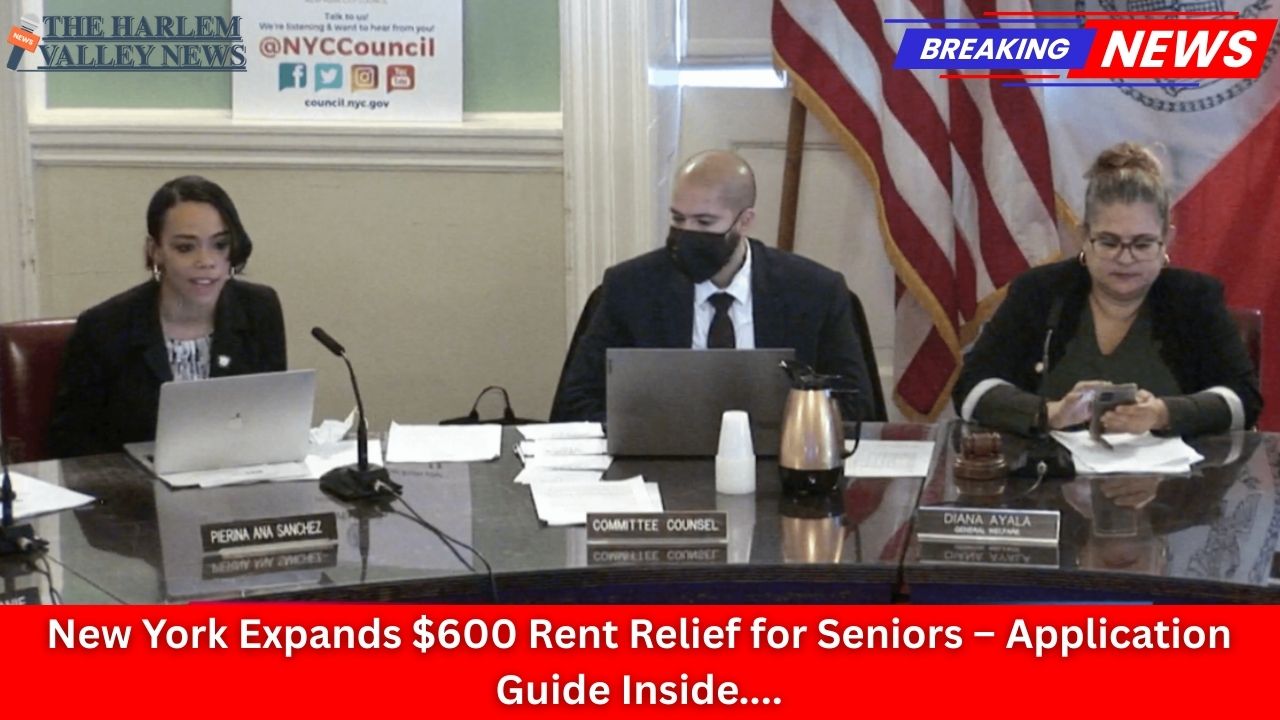




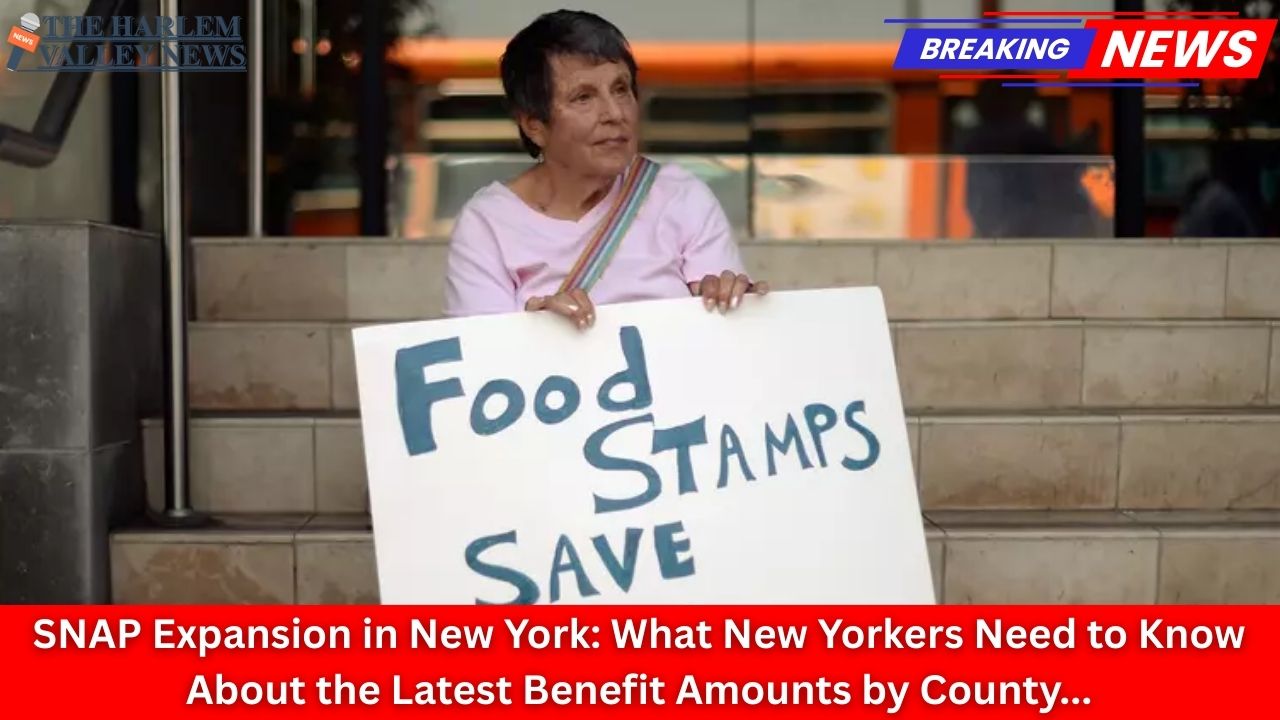

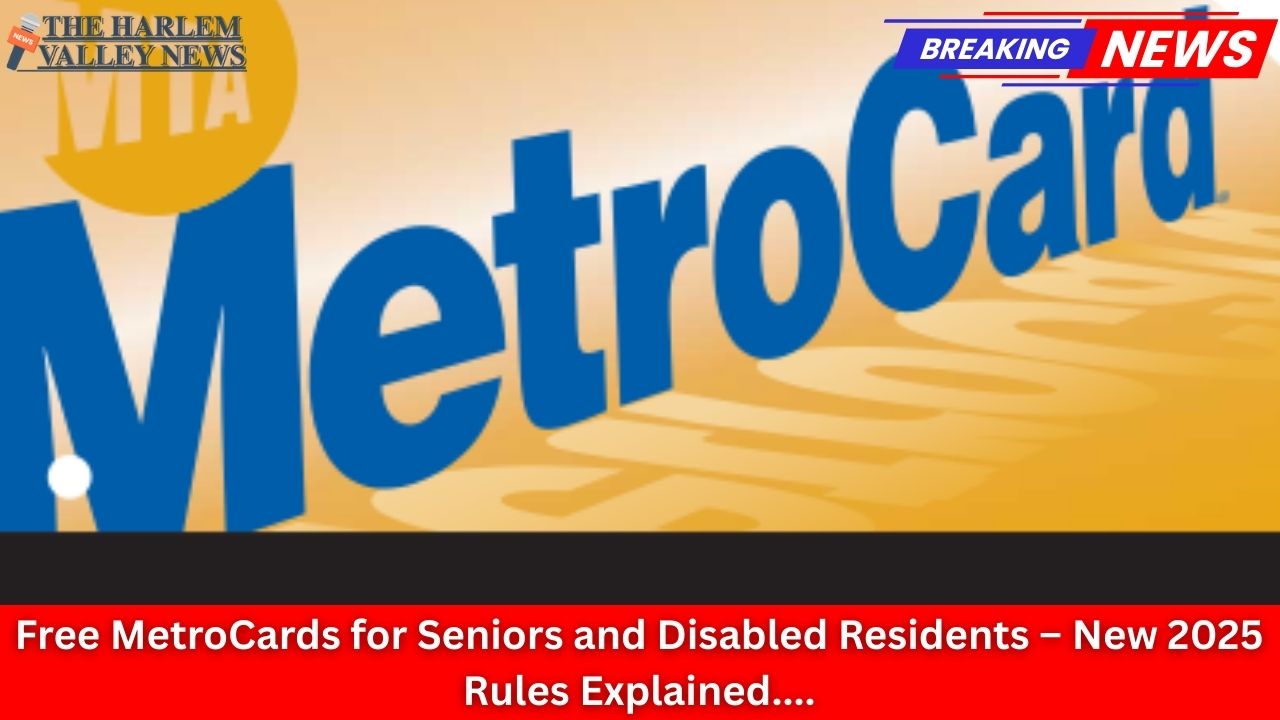
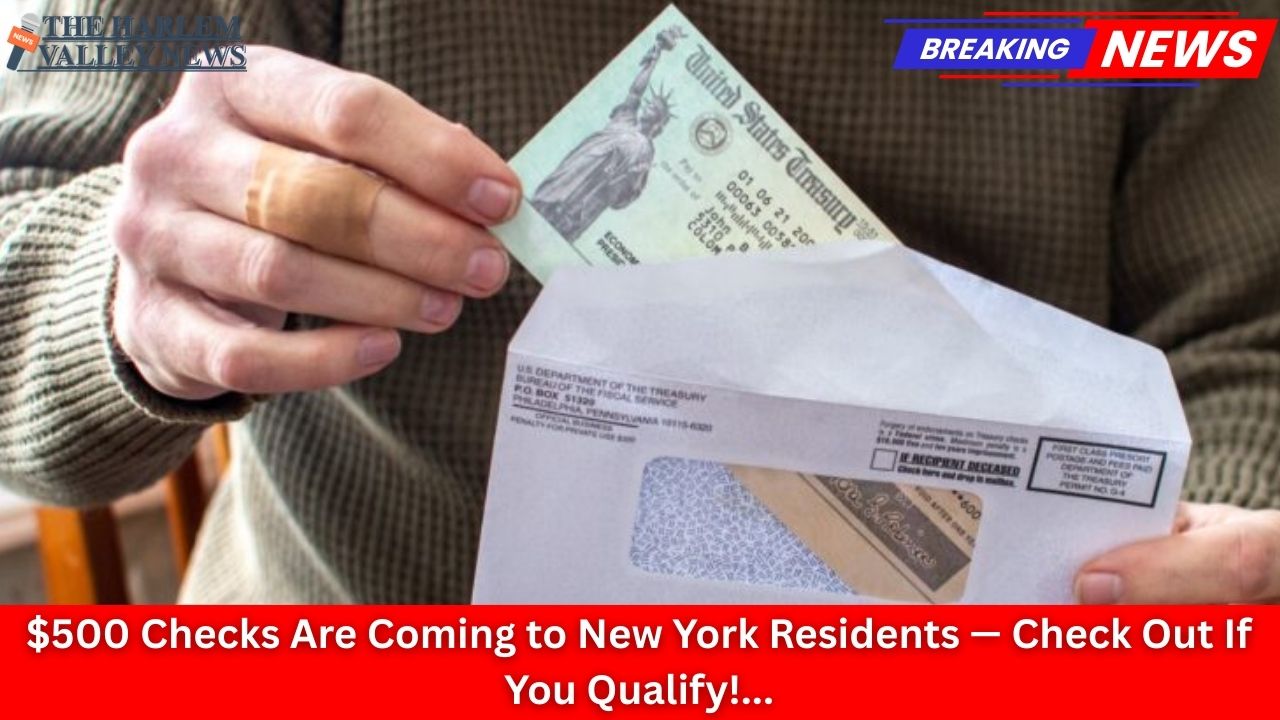
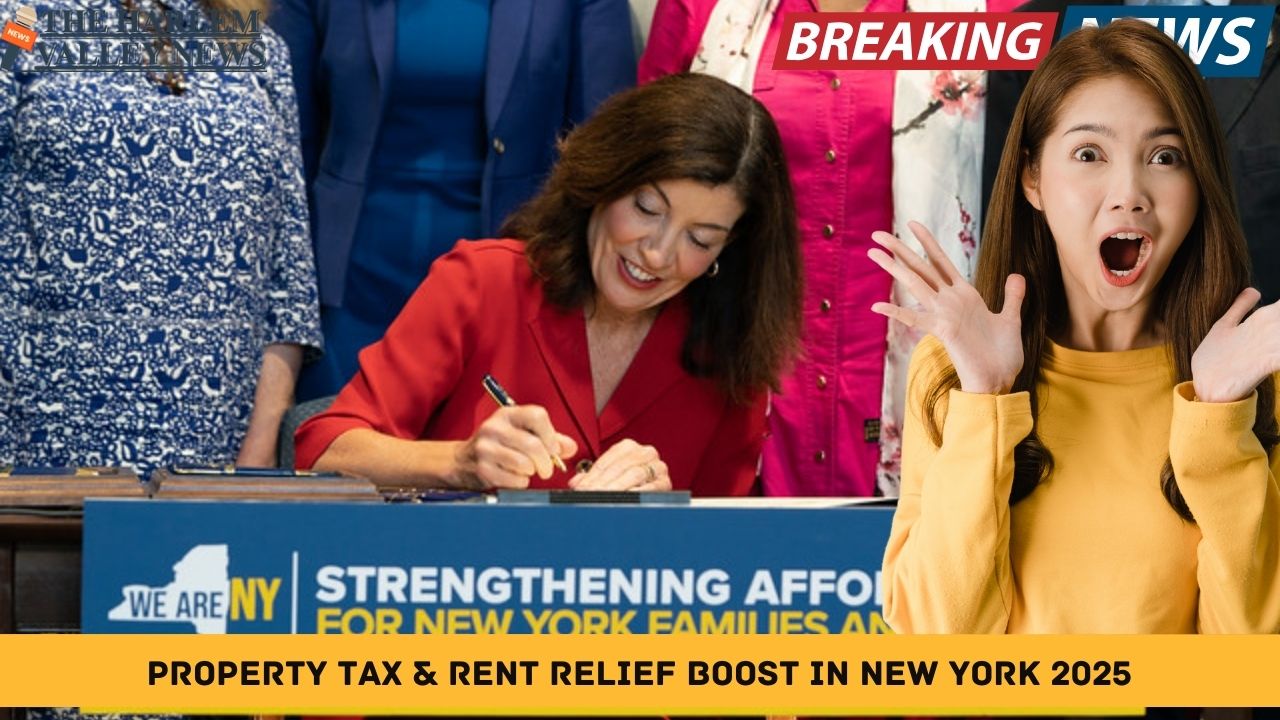
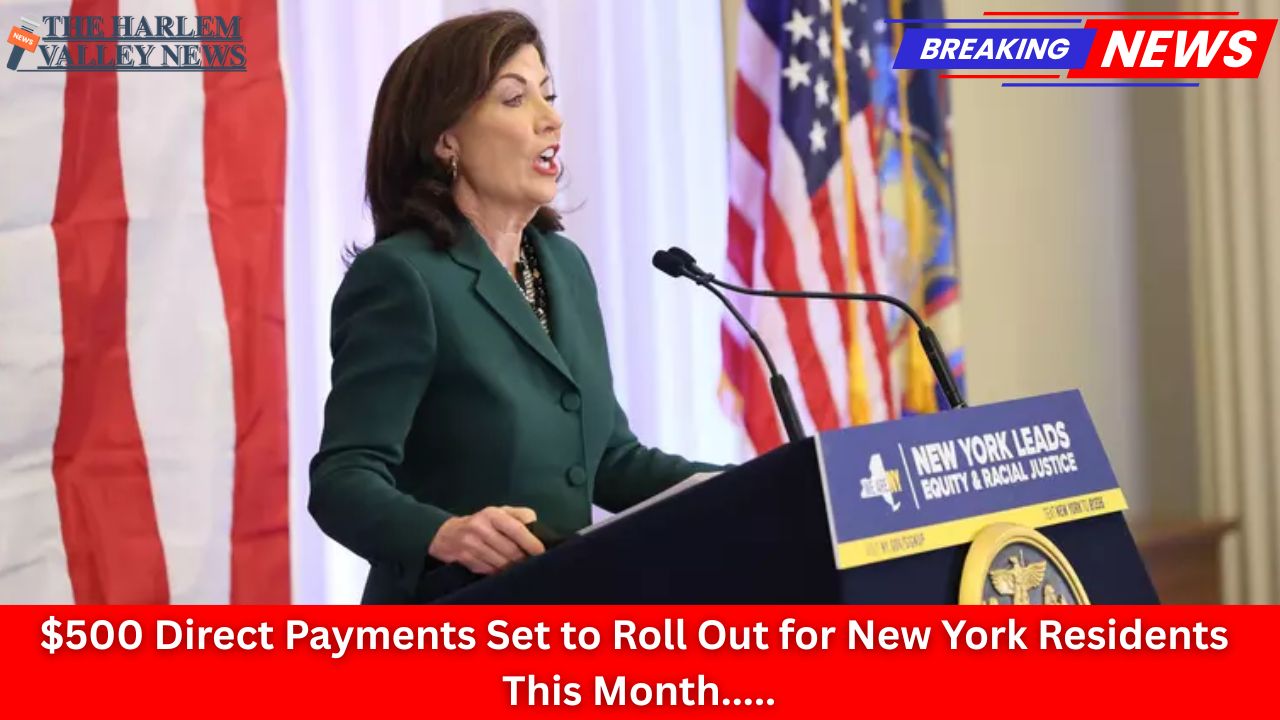


Leave a Reply